Race and Ethnicity: White - Starting with P
 John S. Phelps
John S. Phelps
 Ralph Phelps
Ralph Phelps
Phelps, Ralph Arloe
 Philadelphia Phillies
Philadelphia Phillies
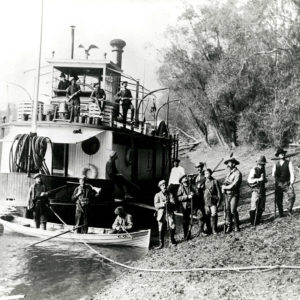 Phillips County Hunters
Phillips County Hunters
Phillips, Helen Ann Evans
Phillips, Kate
aka: Mary Katherine (Kay) Linaker
Phillips, Sylvanus
Phillips, William Richard (Bill)
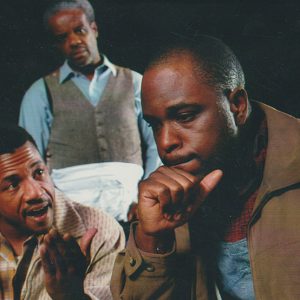 The Piano Lesson
The Piano Lesson
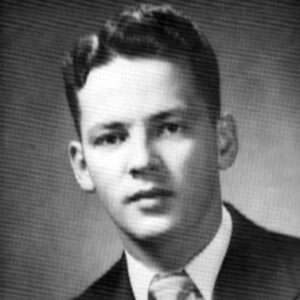 Ben Piazza
Ben Piazza
Piazza, Ben Daniel
Piazza, Chris
 Ben Pickard
Ben Pickard
Pickett, Alexander Corbin (A. C.)
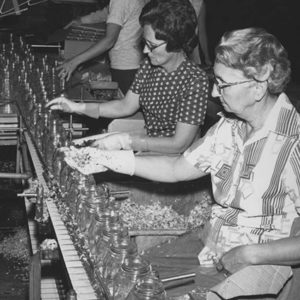 Pickle Factory Workers
Pickle Factory Workers
Pierce, Charles Bryant
Pierce, Henry Niles
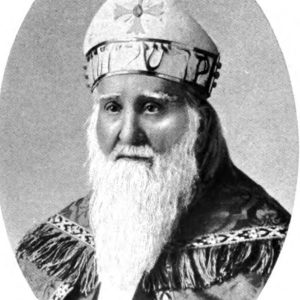 Henry Niles Pierce
Henry Niles Pierce
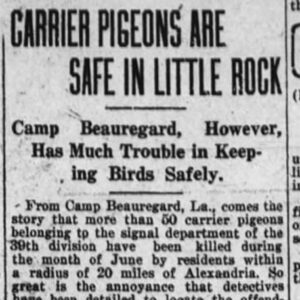 Pigeon Safety Article
Pigeon Safety Article
 Pigeon Shooting Article
Pigeon Shooting Article
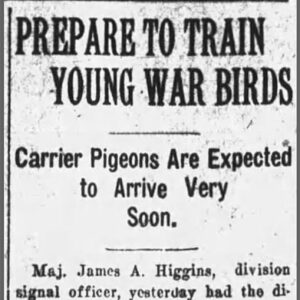 Pigeon Training Article
Pigeon Training Article
Pike, Albert
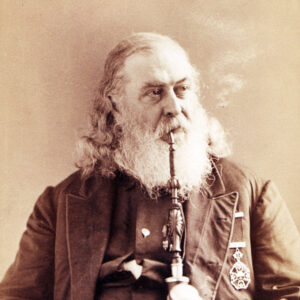 Albert Pike
Albert Pike
 Albert Pike
Albert Pike
Pike, Edward M.
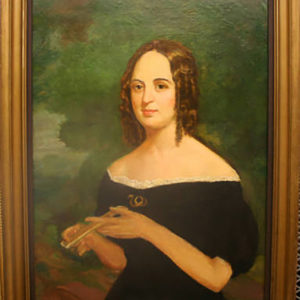 Mary Pike
Mary Pike
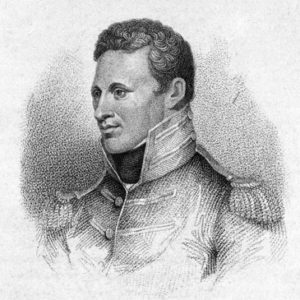 Zebulon Pike
Zebulon Pike
 Pillars
Pillars
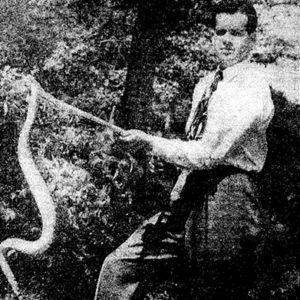 Lawrence Pillstrom
Lawrence Pillstrom
Pilot Knob, Missouri, to Gainesville, Scout from
aka: Expedition from Patterson to Bloomfield and Pilot Knob, Missouri
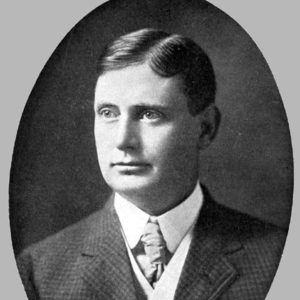 X. O. Pindall
X. O. Pindall
Pindall, Xenophon Overton
Pine Bluff to Bass’s Plantation, Expedition from
Pine Bluff to Bayou Bartholomew, Scout from
Pine Bluff to Monticello, Scout from
Pine Bluff to Monticello, Scout from (March 21–23, 1865)
Pine Bluff to Mount Elba, Scout from (October 24–27, 1864)
Pine Bluff to Simpson’s Plantation, Scout from
Pine Bluff, Reconnaissance from
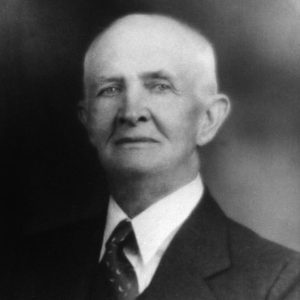 Tom Pinson
Tom Pinson
Pitman’s Ferry, Skirmish at (April 1, 1862)
Pittman, Jennie Carr
Pittman, Margaret
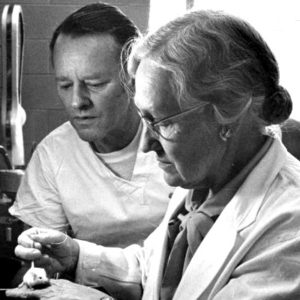 Margaret Pittman
Margaret Pittman
Pittman, Montgomery
Pittman, Samuel Pinckney
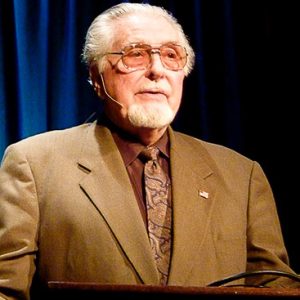 Bill Pitts
Bill Pitts
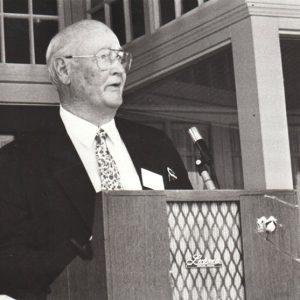 Plantation Agriculture Museum Dedication Speech
Plantation Agriculture Museum Dedication Speech




